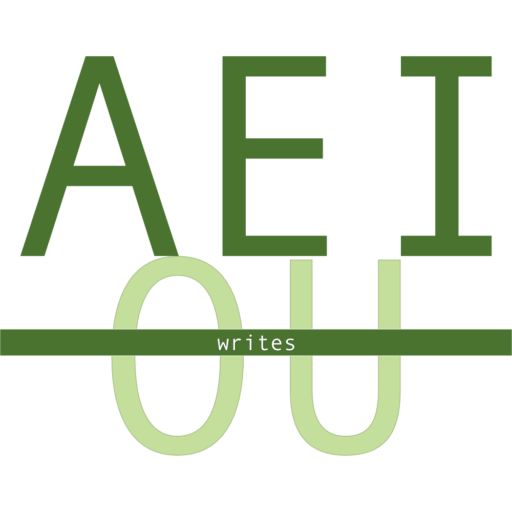As we started discussing last week, there are multiple ways to write, publish, and market your book of Christian faith. We are going to focus on traditionally published fiction, as the rules for nonfiction and self-publishing are different in this instance. So, let’s dive in!
1. The Christian Fiction Genre
The Christian Fiction genre has separated itself from other traditional publishing genres in order to promote Christian values and beliefs. The content is intended to be appropriate for all ages. Though in theory these books extend the Gospel by teaching nonbelievers about Jesus, the books published at Christian publishing houses tend to be geared specifically towards conservative females of the Evangelical faith. Janette Oke’s novels from the 80s are perhaps the most enduring of the genre, and the genre has now spawned subgenres ranging from Karen Kingsbury’s contemporary novels to Beverly Lewis’ Amish romances.

In researching the genre, I learned that the CBA (formerly the Christian Booksellers Association and now in some sort of transition stage) determines what is acceptable for the Christian Fiction genre and what is not. The debate about the CBA’s control of Christian Fiction publishing has been going on for years – see this article from 2014 for a brief overview. Even traditionally published authors wish to see the quality of writing published by the Christian Fiction market improve, but they don’t see that happening when the current business model is still successful.
That’s where option number 2 comes in.
2. Explicitly Christian Books in the Secular Market
It is possible for books with explicitly Christian themes to be published under the secular banner of simply “Fiction.” While they may not be the most prominent books on the shelf, these authors have to fight ten times harder to compete in a saturated market, so the books tend to have higher quality writing and more complex themes than their Christian-classified counterparts. Because the CBA doesn’t determine what bookstores carrying simply “contemporary fiction” or “literary fiction” sell, these books can also delve into deep issues and toy with more than one perspective.

To be honest, these books tend to be the only adult fiction books I am passionate about. My favorites are the sweetly humorous Mitford series by Jan Karon, but I also love the slightly darker, literary-focused Gilead by Marilynne Robinson. The main characters in both are preachers, one Episcopalian and one Congregationalist. The books tastefully wrestle with issues like poverty, broken family relationships, and addictions. In Gilead, the preacher even pulls from atheist texts to show a well-rounded and deeply considered view of the world. All in all, there is much more freedom of content in the secular market, but the writing also must be top-notch to compete for a spot in publication against all other fictional creations.
That leads us to option number 3, a different take on the same genre.
3. Implicitly Christian Books in the Secular Market
These books perhaps have the richest literary history of all the genres. They pull from centuries of themes, conventions, and imagery to create texts with layered meaning. On the surface, these books have a storyline pleasurable in and of itself. However, a deeper reading unveils allusions to Christ’s miraculous work, His parabolic teachings, and His redemptive death. These texts are why we all got mad in high school and thought the teacher was just making it up. In fact, these authors do deep thought work to create richly complex stories that slow readers down and make them think, although the transaction does require a reader who is willing to put in the work.
The beauty of this type of writing is that it allows the spread of God’s word to people antagonist to Christianity. It can plant seeds of faith by promoting the Christian values of justice, benevolence, and love. The downfall comes in that many people may still miss the message. Without doing a lot of digging and coming to the text with a background knowledge of the Bible and perhaps even Protestant or Catholic theology, the main point of the message is hidden under less intense themes and the plot itself. In some ways, these books are magic – how else would Christian texts be taught in public schools these days as they are in C.S. Lewis’ The Lion, the Witch, and the Wardrobe? In others, they can be so convoluted or grotesque, like Flannery O’Connor’s short stories, that finding the Christian message can give the reader a headache.
There’s more to say for and against each of these genres. As with anything, each genre has shining stars and bad apples. Next week, we’ll start looking at the pros and cons of books published in each of these styles.
